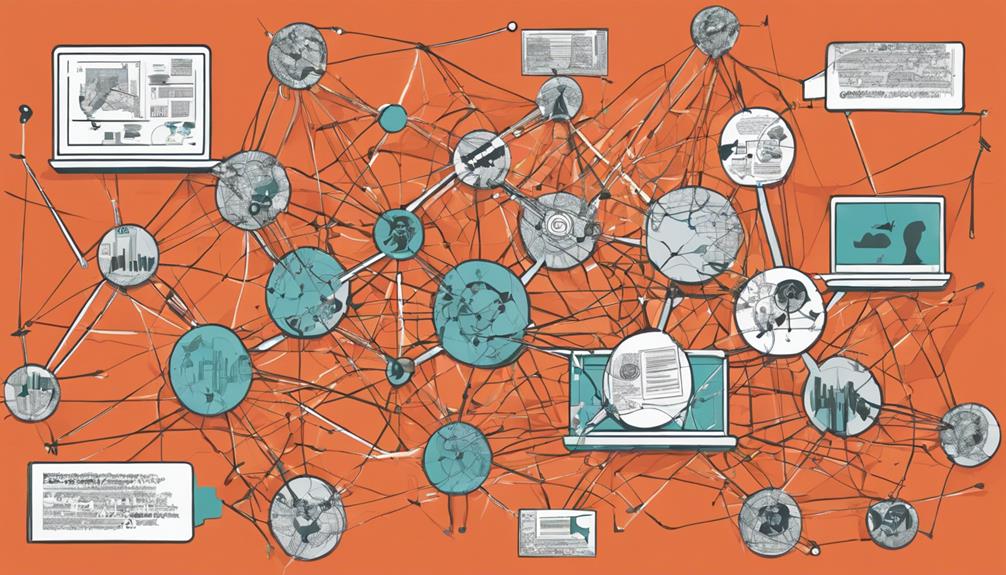Turnkey business opportunities let you access success by providing a ready-to-go operation. You can step into a fully operational setup with equipment, inventory, and trained staff in place, minimizing the risks typical of startups. Enjoy immediate cash flow and reduced marketing costs thanks to an established customer base. Plus, you benefit from proven business models and support to streamline daily operations. With extensive training, you're geared for growth and scalability right from the start. If you explore further, you'll uncover how to maximize your journey in this thriving business landscape.
Key Takeaways
- Turnkey businesses provide an immediate operational setup, reducing the time to start generating revenue from day one.
- Established customer insights and proven demand ensure a competitive edge and informed decision-making.
- Financial advantages include immediate cash flow and lower marketing costs due to an inherited customer base.
- Comprehensive training and ongoing support from previous owners facilitate a smooth transition and long-term success.
Understanding Turnkey Businesses
Turnkey businesses offer a ready-to-go solution, allowing you to step into a fully operational setup without the hassle of starting from scratch.
These businesses come complete with all necessary equipment, inventory, and systems, minimizing your setup time. Often, they include trained staff, ensuring a smooth shift as you take over.
With established operational processes in place, you can focus on growth rather than initial challenges. This model considerably reduces the risk of failure, as you're leveraging proven strategies that have already been validated in the market.
Market Insights and Research

Market insights and research are readily available for turnkey businesses, allowing you to make informed decisions without extensive groundwork. You'll benefit from existing data that reveals customer preferences and market trends.
Here's what you can leverage:
- Established Customer Insights: Understand the existing customer base and their needs.
- Access to Market Data: Utilize pre-existing research to speed up your decision-making.
- Proven Demand: Tap into a market that already shows a need for what you're offering.
- Competitive Edge: Gain insights that help you position your business advantageously against competitors.
Financial Advantages

Owning a turnkey business lets you generate cash flow from day one, maximizing your financial advantages right from the start.
With an established customer base, you're likely to see reduced marketing costs, allowing you to reinvest savings back into your business. You'll avoid many startup expenses, giving you a quicker return on investment.
Clear financial expectations help you budget effectively and plan for growth. Additionally, the operational systems in place can minimize ongoing costs, leading to greater profitability.
This financial efficiency not only boosts your confidence but also allows you to focus on scaling your business rather than dealing with the uncertainties of starting from scratch.
Embrace these financial benefits and watch your success unfold.
Proven Business Models

Established business models greatly reduce the risks associated with starting anew, giving you a solid foundation for success. By choosing a turnkey business, you benefit from a framework that has already proven effective.
Here are some key advantages of these models:
- Lower Failure Rates: You're stepping into a reliable system with a track record.
- Operational Processes: Existing procedures streamline your daily operations, minimizing hiccups.
- Market Validation: Previous successes in the marketplace boost your confidence.
- Established Reputation: You inherit brand recognition, which can help attract and retain customers.
With these elements, you can focus on growing your business rather than worrying about uncertainties.
Embrace the security that comes with proven business models and set yourself up for lasting success!
Quick Setup Process

With a proven business model in place, you'll find that the setup process for a turnkey business is quick and straightforward, allowing you to start operations almost immediately.
You won't have to deal with extensive hiring; often, you'll only need to bring on one or two employees. Most of the necessary equipment is already in place, so you can focus on running the business instead of setting it up. This means you can generate revenue right away.
Additionally, you won't need to spend time on detailed business planning or development, making it easier for you to hit the ground running. Fundamentally, everything is ready for you; all you need to do is step in and start operating.
Training and Ongoing Support

Receiving thorough training and ongoing support guarantees you're well-equipped to manage your new turnkey business successfully. You won't just plunge in blind; you'll have valuable resources at your fingertips.
Here's what you can expect:
- Comprehensive Training Programs: Get hands-on training to learn the ins and outs of your business.
- Operational Manuals: Access detailed guides that outline daily processes and best practices.
- Continuous Support: Receive mentorship from previous owners who understand the challenges you may face.
- Networking Opportunities: Connect with other franchise owners for advice and shared experiences.
This solid foundation not only eases your shift but also boosts your confidence, setting you up for long-term success.
Growth and Scalability Options

Turnkey businesses offer numerous growth and scalability options that can quickly elevate your investment's potential.
With established systems in place, you can replicate your success easily, making expansion straightforward. If you're considering multi-unit franchising, the streamlined processes allow you to scale your operations without the usual headaches.
Proven marketing strategies from previous owners provide a roadmap to enhance your reach and profitability. Additionally, leveraging existing customer loyalty can pave the way for new product or service offerings, boosting revenue even further.
Conclusion
In summary, embracing turnkey business opportunities could be your ticket to entrepreneurial success.
Did you know that around 80% of turnkey businesses report profitability within the first year?
With a proven model, quick setup, and ongoing support, you can immerse yourself in a venture that's designed for growth.
By choosing this path, you're not just buying a business; you're investing in your future with confidence.
So, take the leap and access your potential today!









